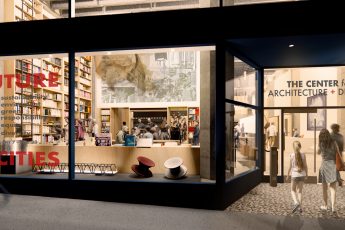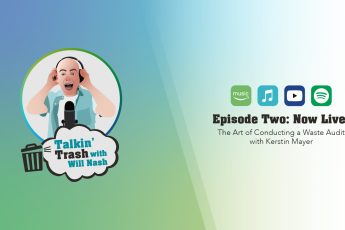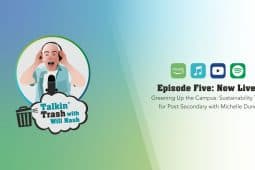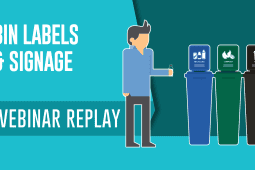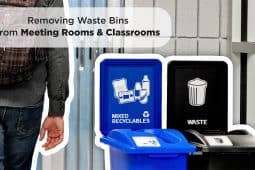The “Number One” Recycling Trend of 2014
The average family of three can fill up a 275-gallon tank to the tippy-top with pee in about eight months—that’s the equivalent of about 12 of our large Waste Watcher recycling containers! One can only imagine what the number would be like for the average trio of college students…
So why are we talking about pee? And more specifically, why would we want to recycle it?
According to Earth911.com, “Our “Number One” only accounts for 1% of the volume of our wastewater, but accounts for 80% of the nitrogen and 45% of the phosphates of wastewater.”
The DC Water Blue Plains Advanced Wastewater Treatment Plant is the largest water treatment facility in the world and might also be the one with largest handle as well—imagine trying to fit that name on a business card. It services approximately 725 square miles and over 600,000 people every day. On average, it receives 370,000,000 gallons of waste water (enough to fill over 4 million of our largest Super Sorter recycling bins—just in case you were wondering), 94% of which is from residential kitchen sinks, washing machines and the porcelain throne.
Once it enters the plant, the waste water goes through a multi-stage process from pool to pool where it is all stirred, bubbled, fed to algae and filtered until it is clean enough to be sent back out into a nearby river. Amidst the madness of this multi-stage process of poop and pee being tossed around in a large recycling container, the nitrogen and phosphates are being removed to a point where the waste water is not turning into a pollutant for local streams, lakes, rivers etc.
If you’ve already torched your lawn this spring to the point where it looks like you’re been running a doggy day care for the last decade, you may have noticed that too much nitrogen and phosphates is a problem. This is why water treatment plants have been removing high-levels of nitrogen and phosphates in the first place. However, if you actually fertilized correctly, the right amount of the elements promotes healthy growth, which makes our pee extremely valuable! And this also means we’ve been literally flushing millions of dollars down the drain this whole time.
The act of pee-cycling is taking the urine that fills up all of the toilets, extracting the nitrogen and phosphates and then distributing it to local farmers—big and small—to use as fertilizer to grow the things we consume every day. Now, while the thought of consuming something that was fertilized by someone else’s trip to the urinal may shatter your universe, you may be surprised that it has been widely used throughout many countries, such as Finland, Sweden and the Netherlands for the last decade or so. It’s also catching on in the U.S. as we speak, so if you didn’t like the taste of your last burger, you may now know why.
2013 trials have shown that recycled urine as fertilizer is just as effective as its synthetic counterpart, so as recycling your pee becomes one of the go-to recycling trends of 2014, make sure you strut to the bathroom with pride knowing you’re doing your part for the environment when you go see a guy about a horse.

